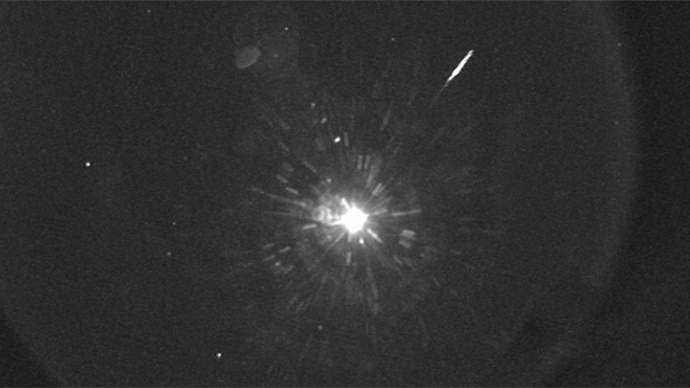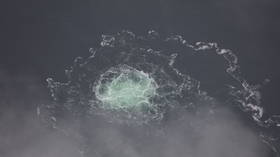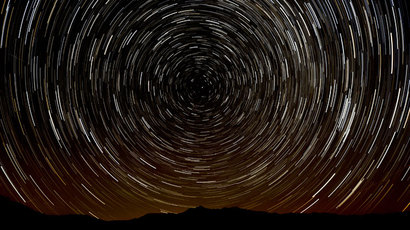Orionids meteor shower lights night sky

Stargazers are in for a weeklong celestial display of shooting stars as Earth passes through a stream of dusty debris from Halley's Comet.
Weather permitting, NASA promises an out of this world experience with the shower producing 20 meteors per hour.
“Earth is passing through a stream of debris from Halley's Comet, the source of the Orionids,” says Bill Cooke of NASA's Meteoroid Environment Office. “Bits of comet dust hitting the atmosphere should give us a couple dozen of meteors per hour.”
The best time to witness the ancient comet is just before sunrise on Tuesday, so set your alarm to just before dawn and just go outside and look up. For those wanting to stay in bed the Orionid meteor shower will be available via Ustream.
“The Orionid meteor shower is not the strongest, but it is one of the most beautiful showers of the year,” notes Cooke, as other constellations in the night sky will offer a sparkling backdrop stage for the show. But NASA warns, that the shooting starts are incredibly fast.

“Be prepared for speed,” Cooke says. “Meteoroids from Halley’s Comet strike Earth's atmosphere traveling 148,000 mph.”
Comets are dusty snowballs which orbit the Sun leaving in their wake a trail of solid debris. With their speed comes the possibility for them to explode upon hitting the Earth’s atmosphere, occasionally creating fireballs or twisting themselves in complex shapes that linger for minutes.
“Such filaments of 'meteor smoke' twisted by upper atmospheric winds into convoluted shapes can be even prettier than the meteors themselves,” NASA says.
The Orionid meteor shower is visible annually when our planet flies through the dust field of Halley's Comet, which creates two different meteor showers on Earth every year. In May the ancient comet produces Eta Aquarids meteor display while in October it produces the Orionids.
Halley’s Comet was discovered by Edmond Halley in 1705 but it has long been documented as early back as 240BC. Halley's Comet itself returns to Earth's vicinity about every 75 years, making it possible for a human to see it twice in their lifetime. The last time it was here was in 1986, and it is expected to return in 2061.














